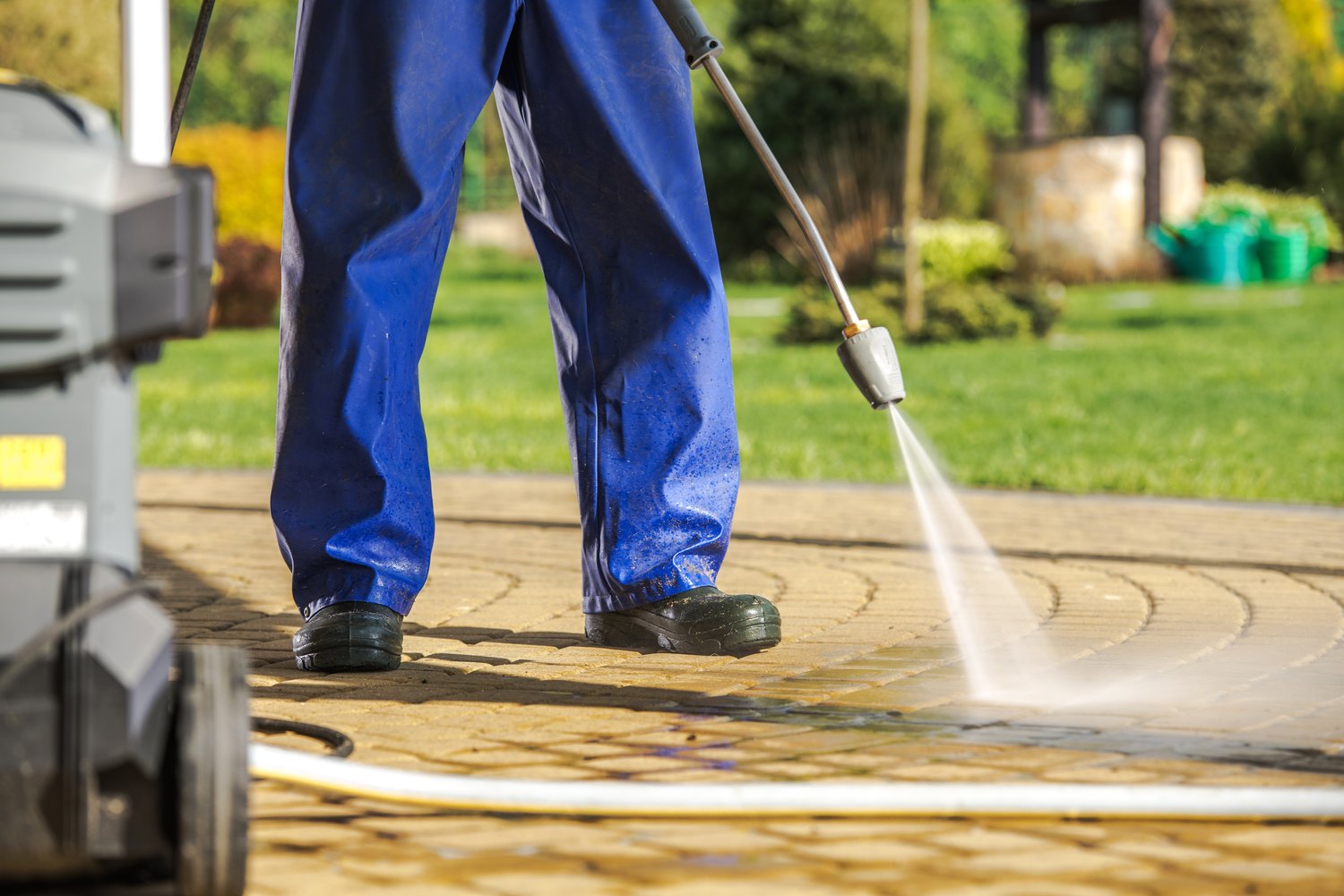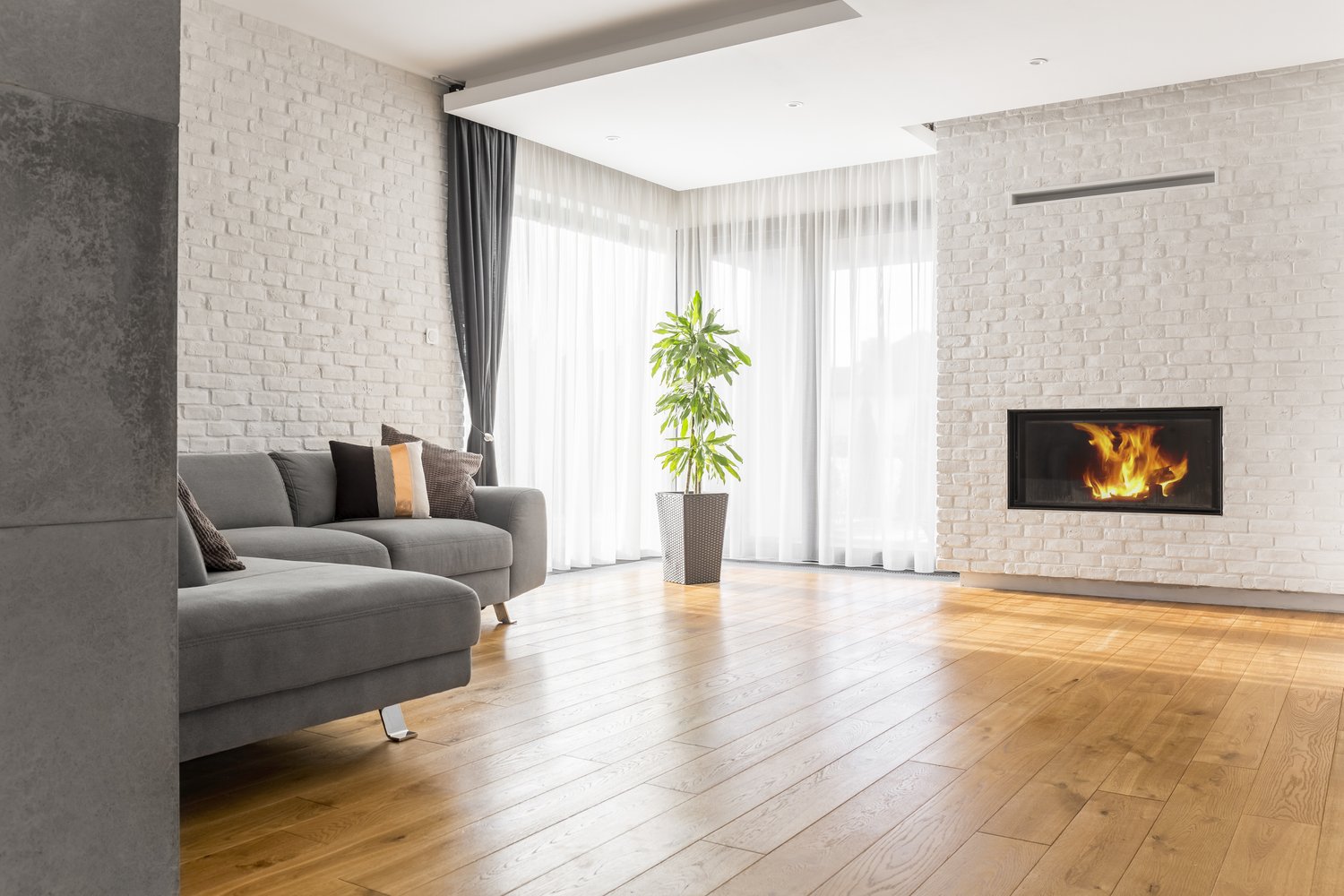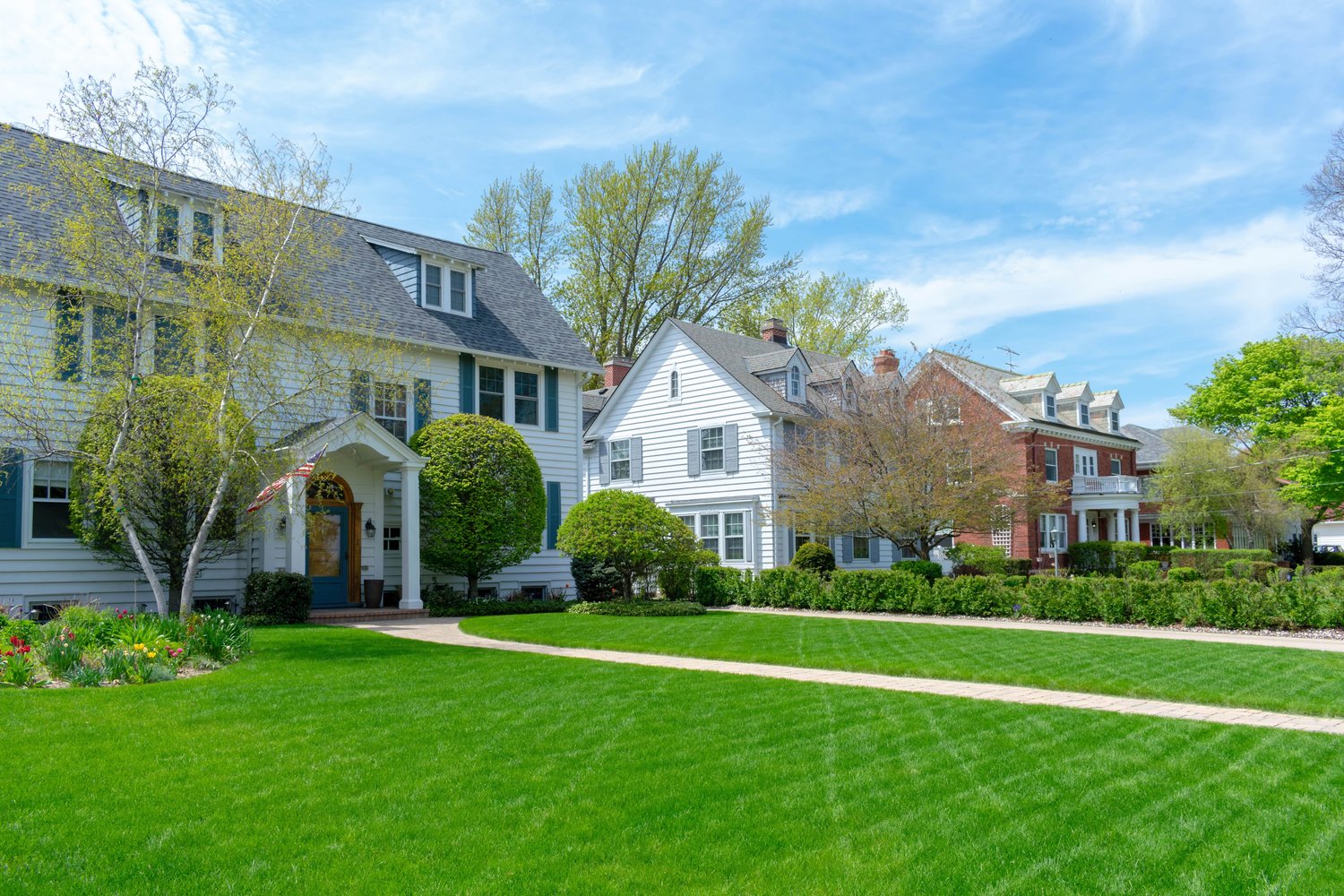Concrete driveways and patios are durable, but they’re not immune to the effects of weather, vehicles, and everyday use. Over time, these surfaces can accumulate stubborn stains like oil, rust, and mildew that detract from your home’s appearance. Proper cleaning not only enhances curb appeal but also extends the life of your concrete surfaces. This guide will walk you through effective methods to clean concrete driveway stains and restore your outdoor surfaces to their original condition, using both commercial products and household items you likely already have.
Understanding Common Concrete Stains
Before diving into cleaning techniques, it’s important to understand what you’re dealing with. Oil stains typically come from vehicle leaks and can deeply penetrate porous concrete if left untreated. Rust stains often develop from metal furniture, tools, or fixtures that have been left on the concrete surface during rain. Mildew and algae thrive in damp, shaded areas of your concrete patio, especially in humid climates. Each of these stains requires a specific approach for effective removal, but with the right techniques, even the most stubborn marks can be eliminated.
Essential Tools and Materials
Successful concrete cleaning starts with having the right tools on hand. For basic maintenance, you’ll need a stiff bristle brush, a garden hose with spray nozzle, and a quality concrete cleaner appropriate for your specific stains. For deeper cleaning, consider renting or purchasing a pressure washer. Protective gear is also essential – rubber gloves, safety goggles, and closed-toe shoes will protect you from splashing chemicals and debris. Keep in mind that some cleaning solutions can be harsh, so adequate ventilation is necessary when working with them, especially in enclosed spaces.
How to Remove Oil Stains from Concrete
Fresh oil stains are easier to remove than set-in ones, so quick action is key. For new spills, immediately cover the area with an absorbent material like cat litter, cornstarch, or baking soda. Let it sit for 24 hours to draw out as much oil as possible, then sweep it away. For older stains, you’ll need a degreaser specifically designed to remove oil stains from concrete. Apply the degreaser according to the manufacturer’s instructions, usually by pouring it directly onto the stain and scrubbing with a stiff brush. After allowing appropriate dwell time, rinse thoroughly with a garden hose or pressure washer. Particularly stubborn stains might require multiple treatments or a poultice made from a paste of baking soda and water left overnight.
Tackling Rust Stains on Concrete
Rust stains can be particularly challenging but are manageable with the right approach. For light rust stains, a solution of white vinegar and water can be effective. Simply saturate the stained area, let it sit for about 30 minutes, then scrub with a stiff brush and rinse. For more stubborn rust marks, commercial rust removers containing oxalic acid provide stronger cleaning power. When using these products, always follow safety instructions carefully, as they can be caustic. After application, thorough rinsing is essential to prevent the cleaner from etching the concrete. According to experts at AskHomey, prevention is also key – consider using rust-resistant furniture or protective feet on metal items that will sit on your concrete surfaces.
Eliminating Mildew and Algae
Shaded, moist concrete areas are prime real estate for mildew and algae growth. A specialized mildew concrete cleaner containing sodium hypochlorite (bleach) is typically the most effective solution. Mix according to package directions, apply to the affected area, and allow it to sit for 10-15 minutes before scrubbing with a stiff brush. For an eco-friendly alternative, white vinegar can be effective on milder cases of mildew. Remember that killing the growth is only half the battle – you need to physically remove it through scrubbing or pressure washing to completely clean the surface. To prevent future growth, trim vegetation to increase sunlight exposure and improve airflow across your concrete patio.
Pressure Washing Techniques for Concrete
Pressure washing is one of the most effective methods to deep clean concrete surfaces, but technique matters. Begin by clearing the area of all furniture and obstacles, then sweep away loose debris. Start with a lower pressure setting and a wide-angle nozzle, holding the wand about two feet from the surface at a consistent angle. Work in methodical, overlapping patterns to avoid streaking. For enhanced cleaning power, consider using a rotating surface cleaner attachment, which maintains consistent distance and pressure across the concrete. After pressure washing your concrete patio, allow it to dry completely before replacing furniture or applying any sealants.
Preventative Maintenance and Sealing
The best way to keep concrete clean is through regular maintenance. Sweep debris weekly and rinse monthly to prevent stain buildup. Consider applying a quality concrete sealer every 2-3 years, which creates a protective barrier against stains and moisture penetration. Different sealers offer various levels of protection and finish appearances, from matte to high-gloss. Water-based sealers are typically easier to apply and more environmentally friendly, while solvent-based options may provide more durable protection. Regular sealing not only keeps your concrete looking better but also extends its lifespan by preventing water damage and freeze-thaw deterioration.
For more tips and to connect with reliable home service professionals, follow AskHomey on Facebook and Instagram.



